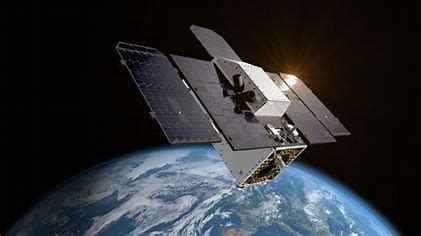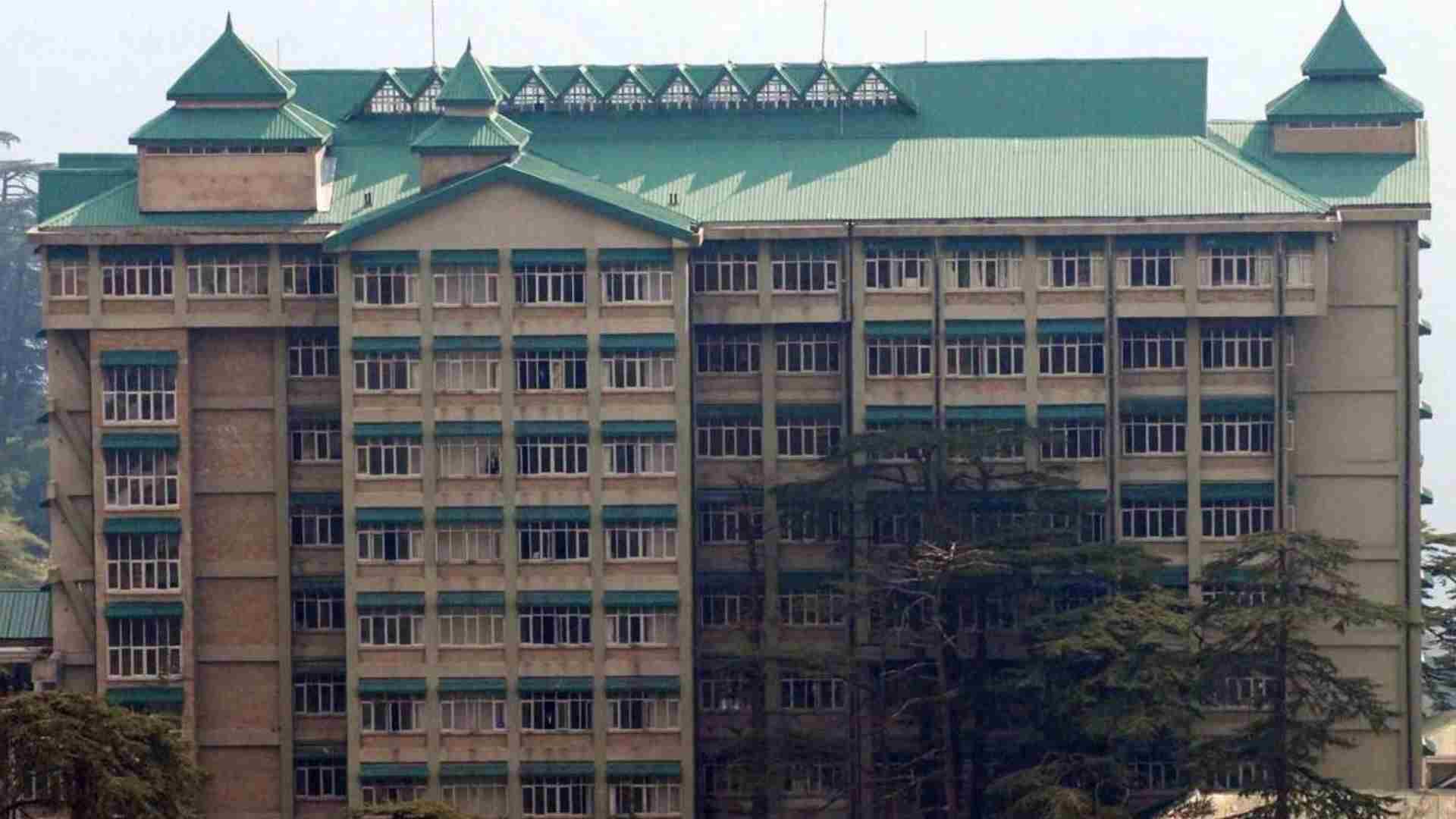
Last week, NASA, in collaboration with a coalition of companies and organizations, launched the ‘Tanager-1’ satellite aboard a SpaceX Falcon 9 rocket from Vandenberg Space Force Base in California. This satellite is a significant step forward in the global effort to monitor and reduce greenhouse gas emissions, particularly methane.
Why Track Methane Emissions?
Methane is a powerful yet invisible greenhouse gas, second only to carbon dioxide in its contribution to global warming. It is responsible for about 30% of global warming since the Industrial Revolution, according to the United Nations Environment Programme. Over a 20-year period, methane is 80 times more potent at trapping heat in the atmosphere than carbon dioxide.
In addition to contributing to climate change, methane plays a key role in the formation of ground-level ozone, a harmful gas that affects air quality and human health. A report from 2022 estimated that exposure to ground-level ozone could be linked to one million premature deaths each year. The primary source of human-caused methane emissions is fossil fuel operations, which account for about 40% of these emissions.
Given the significant impact of methane on climate and health, it is crucial to monitor and reduce its emissions. This is where Tanager-1 comes into play.
How Will Tanager-1 Track Emissions?
Tanager-1 is equipped with imaging spectrometer technology developed by NASA’s Jet Propulsion Laboratory. This technology allows the satellite to measure hundreds of wavelengths of light reflected from Earth’s surface. Different gases in the atmosphere, including methane and carbon dioxide, absorb specific wavelengths of light, creating unique spectral “fingerprints.”
By analyzing these fingerprints, Tanager-1 can pinpoint and quantify strong sources of methane and carbon dioxide emissions. The satellite can measure emissions down to the level of individual facilities and equipment on a global scale. It will scan 130,000 square kilometers of Earth’s surface every day, providing comprehensive data on greenhouse gas emissions.
Scientists will use the data collected by Tanager-1 to identify gas plumes with the unique spectral signatures of methane and carbon dioxide. This data will be made publicly available online, enabling researchers, policymakers, and environmental organizations to take informed action to reduce emissions.
A Step Forward in Climate Mitigation
The launch of Tanager-1 comes just months after the launch of MethaneSAT in March, another satellite dedicated to tracking methane emissions. Together, these satellites represent a significant advancement in the tools available to combat climate change. By providing precise data on methane emissions, Tanager-1 will play a crucial role in efforts to reduce this potent greenhouse gas and mitigate its impact on global warming.
As the world continues to grapple with the effects of climate change, innovations like Tanager-1 offer hope for a more sustainable future. By tracking and reducing methane emissions, we can make meaningful progress in the fight against global warming.















